Controlling Pecan Brown Leaf Spot – How To Treat Brown Spots On Pecan Leaves
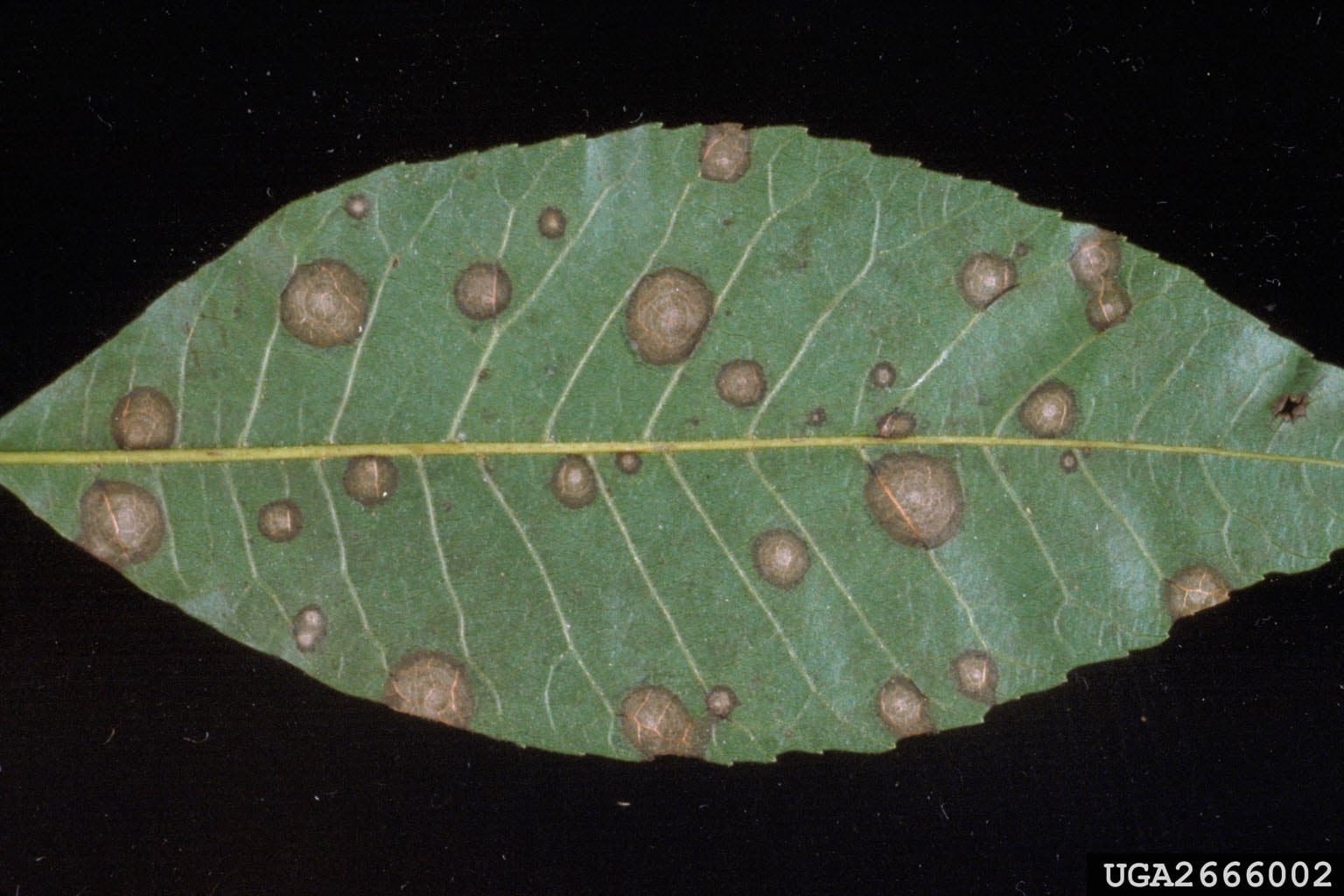

The areas where pecan trees are grown are warm and humid, two conditions that favor the development of fungal diseases. Pecan cercospora is a common fungus that causes defoliation, loss of tree vigor, and may affect the nut crop. A pecan with brown spots on leaves may be suffering from this fungus, but it also could be cultural, chemical, or even pest-related. Learn how to recognize pecan brown leaf spot disease so you can control the problem before it does serious damage.
About Pecan Brown Leaf Spot Disease
Pecan cercospora is most prevalent in neglected pecan orchards or in older trees. It rarely causes serious issues in healthy, mature plants. By the time you see brown spots on pecan leaves, the fungal disease is well advanced. Early signs can help avoid the disease getting a foothold in an orchard situation. The name of the disease gives some indication of the symptoms; however, by the time the leaves are that advanced, the fungus is well established. The disease affects only mature leaves and starts showing up in summer. The disease is encouraged by high humidity and warm temperatures. Initial signs are just tiny dots on the upper surface of the leaves. These enlarge to reddish-brown lesions. Mature lesions become gray brown. The spots may be round or irregular. If humidity or rainfall incidence remains high, the tree can defoliate in just a few months. This causes overall diminished health.
Similar Diseases and Causes
Gnomonia leaf spot is very similar to cercospora. It causes spots that stay within the veins but cercospora spots develop outside the lateral veins. Pecan scab is an extremely serious disease of these trees. It forms similar spots on leaves but primarily immature tissue. It can also affect twigs and bark on pecan trees. Brown spots on pecan leaves may also be due to down spot disease. This is another fungus whose spotting on foliage starts out yellow but matures to brown. Other causes of a pecan with brown spots on leaves may be from drift. Chemical injury as a result of wind-borne toxins can cause leaf defoliation and discoloration.
Controlling Pecan Brown Leaf Spot
The best defense against this disease is a healthy, well managed tree. A mild infection doesn't do much damage to a tree with good vigor. Also, well pruned pecan trees with an open canopy have more light and wind through the center, preventing the spread of the fungus. Following a good fertilization schedule has been shown to help minimize incidences of the disease. In areas that can expect warm, wet conditions, annual application of fungicide in early spring can be just the right antidote to pecan brown leaf spot.
Gardening tips, videos, info and more delivered right to your inbox!
Sign up for the Gardening Know How newsletter today and receive a free copy of our e-book "How to Grow Delicious Tomatoes".

Bonnie Grant is a professional landscaper with a Certification in Urban Gardening. She has been gardening and writing for 15 years. A former professional chef, she has a passion for edible landscaping.
-
 Moody Blooms For Spring: 8 Types Of Black Flowers To Add Drama To Spring Displays
Moody Blooms For Spring: 8 Types Of Black Flowers To Add Drama To Spring DisplaysFrom midnight burgundies to inky violets, several types of black flowers can enrich and embolden a spring display. Try these brooding bloomers for a moody garden
By Tonya Barnett
-
 My Homemade Orchid Fertilizer Always Brings More Blooms – Here's The Easy Recipe That Transforms Plants
My Homemade Orchid Fertilizer Always Brings More Blooms – Here's The Easy Recipe That Transforms PlantsScientist-turned-gardener Mary Ellen Ellis shares her tried-and-tested DIY orchid fertilizer recipe, plus more ingredients to try for healthy, happy plants.
By Mary Ellen Ellis
-
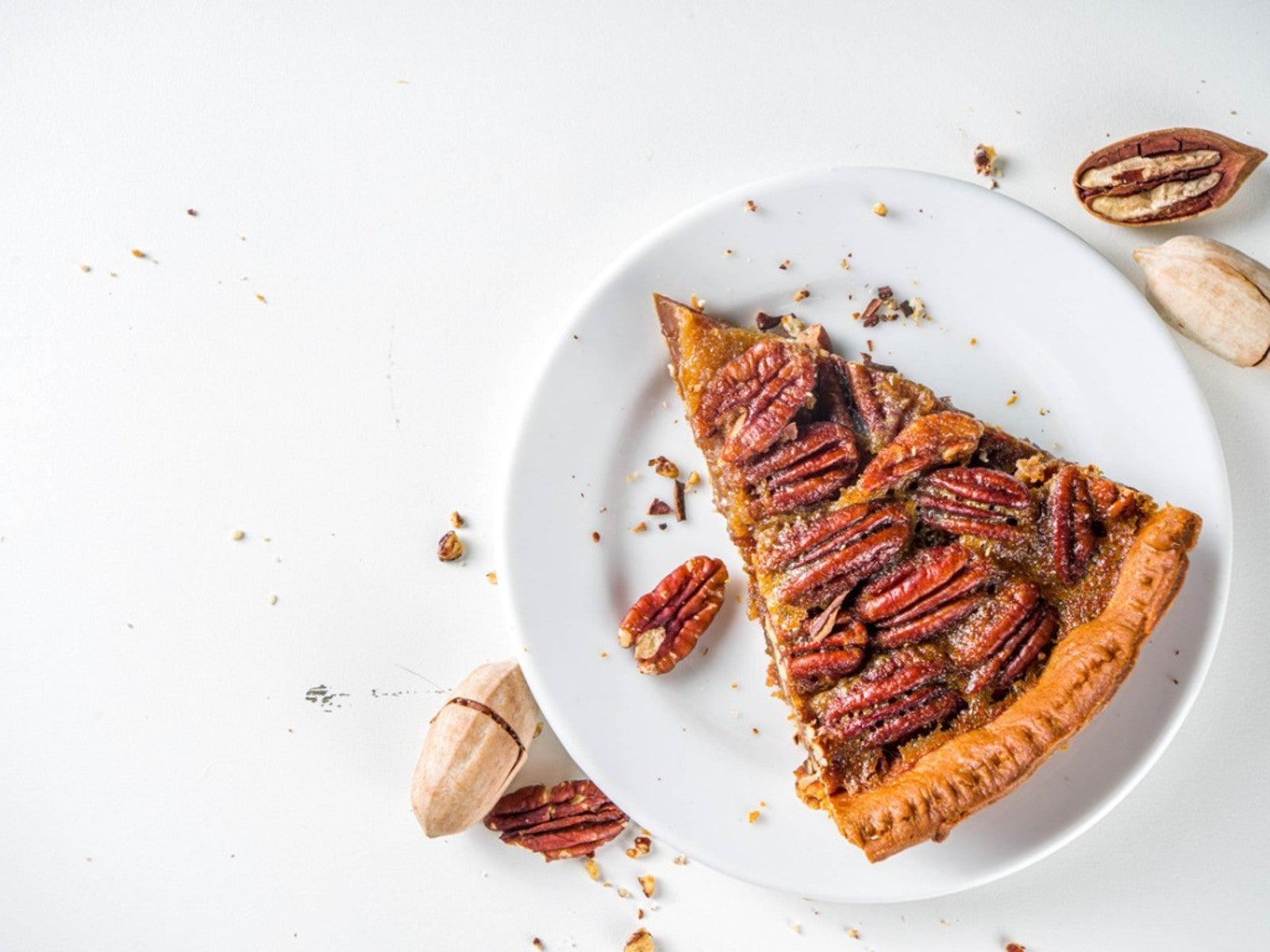 From Harvest To Table: How To Make The Perfect Pecan Pie
From Harvest To Table: How To Make The Perfect Pecan PieFall is pecan harvest time, which means it’s also time for the perfect pecan pie recipe. Read on for more.
By Amy Grant
-
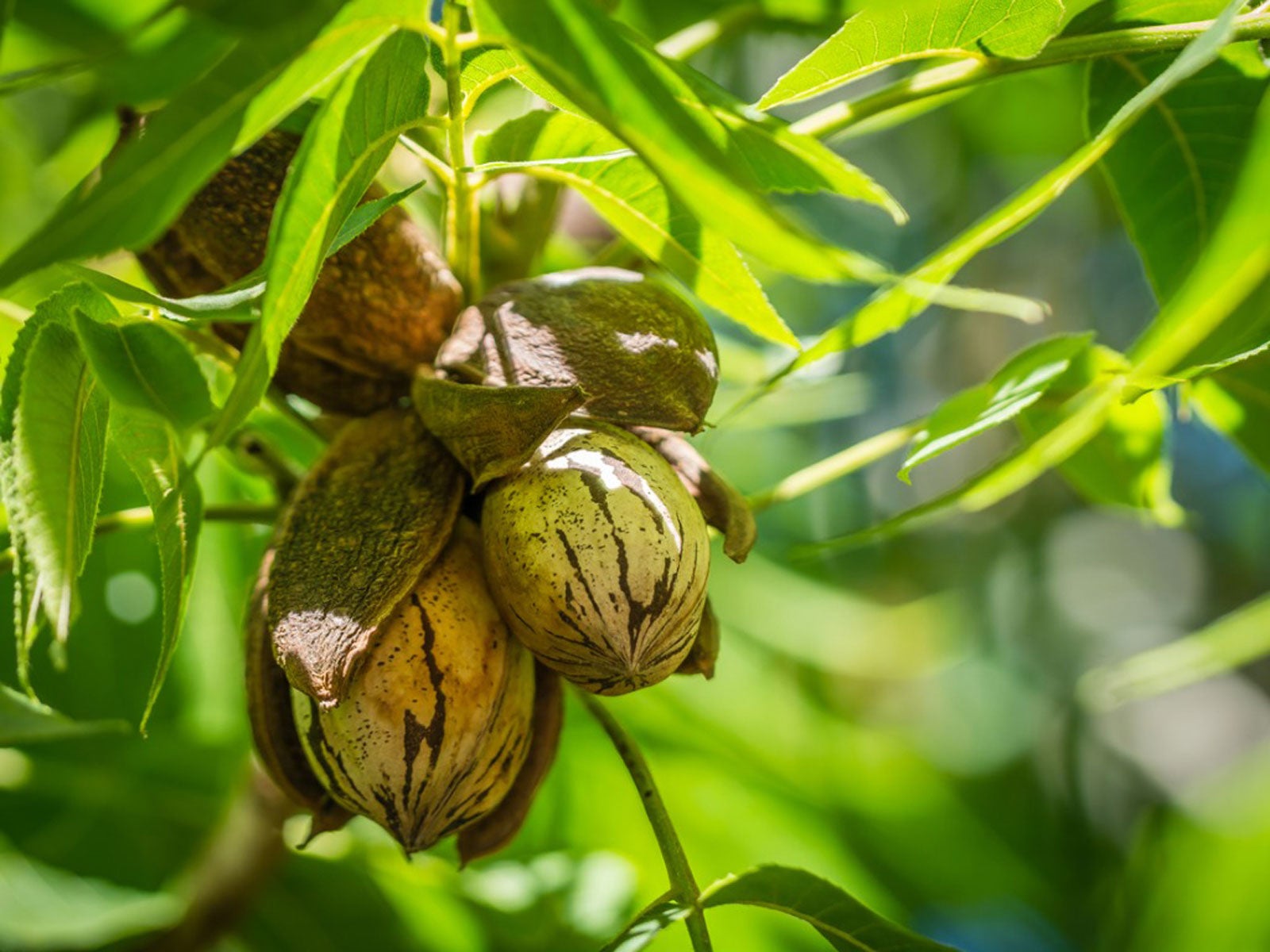 Root Pecan Cuttings – Can You Grow Pecans From Cuttings
Root Pecan Cuttings – Can You Grow Pecans From CuttingsPecans are delicious, so much so that if you have a mature tree, your neighbors are likely envious. You may want to root pecan cuttings in order to grow a few trees for gifting. Will pecans grow from cuttings though? Click here for info on pecan cutting propagation.
By Teo Spengler
-
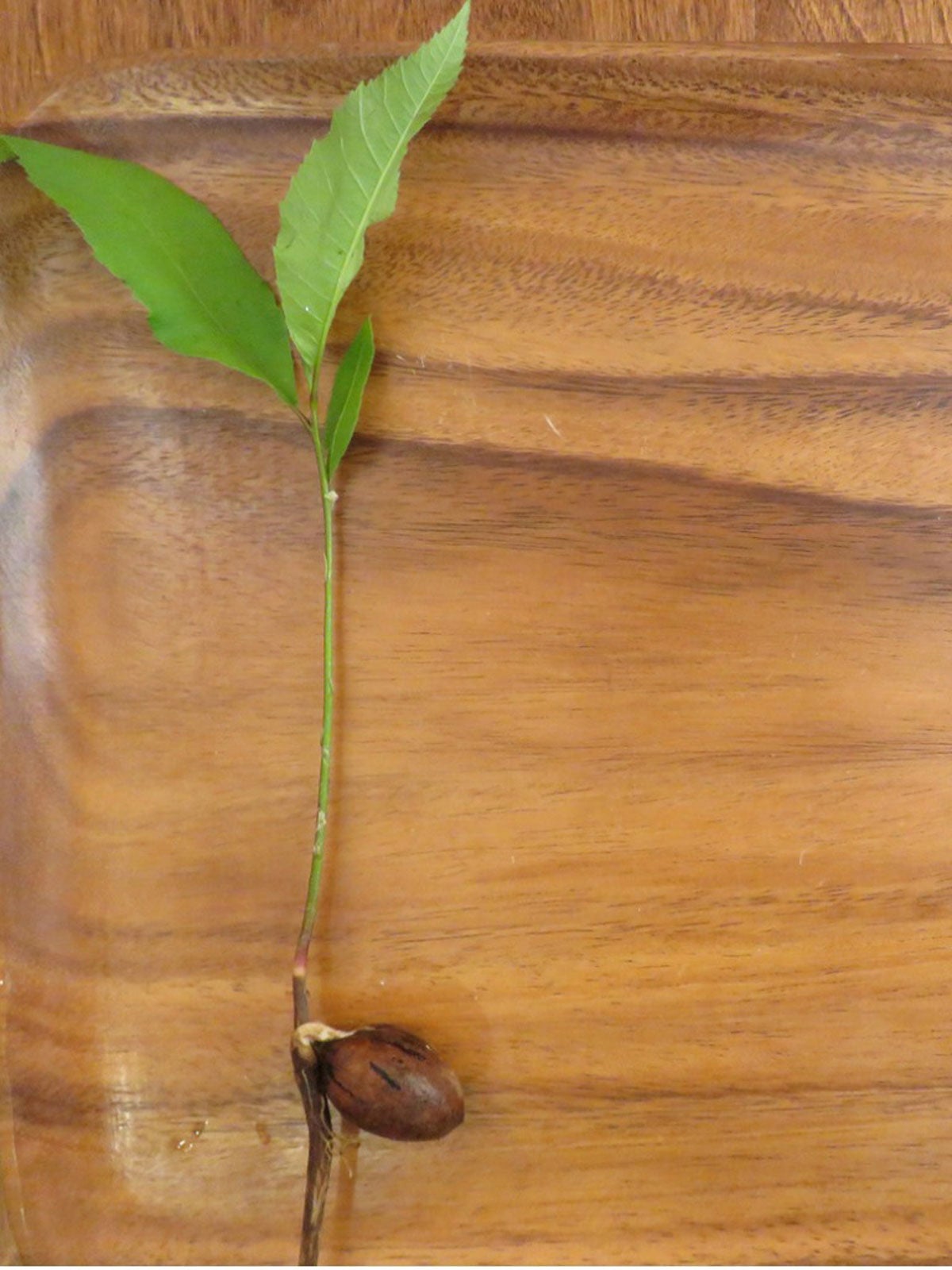 How To Plant Pecans: Learn About Sowing Pecan Seeds
How To Plant Pecans: Learn About Sowing Pecan SeedsGrowing pecans from seed is not as simple as it sounds. Sowing pecan seeds is only one step in a complex process of growing a nut producing tree. Can you plant a pecan seed? Click here to find out and get tips on how to plant pecans and pecan seed germination.
By Teo Spengler
-
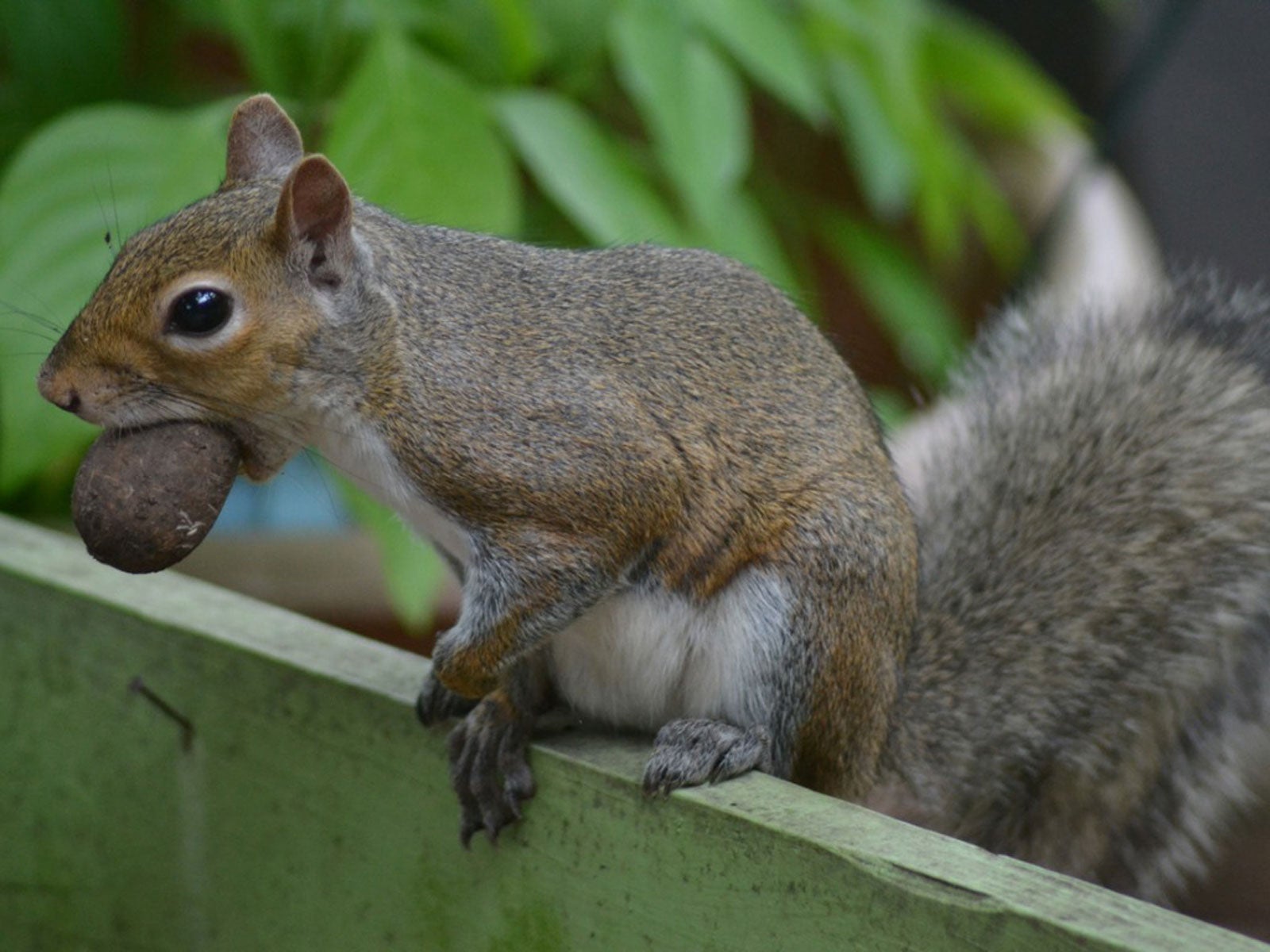 Help, Pecans Are Gone: What’s Eating My Pecans Off The Tree
Help, Pecans Are Gone: What’s Eating My Pecans Off The TreeIt’s definitely unpleasant to walk outside to admire your pecan tree and find half your nuts are gone! You may begin to wonder what could be eating your pecans. Click this article for ideas on different pests that eat pecans so you can save more of the tasty nuts for yourself.
By Teo Spengler
-
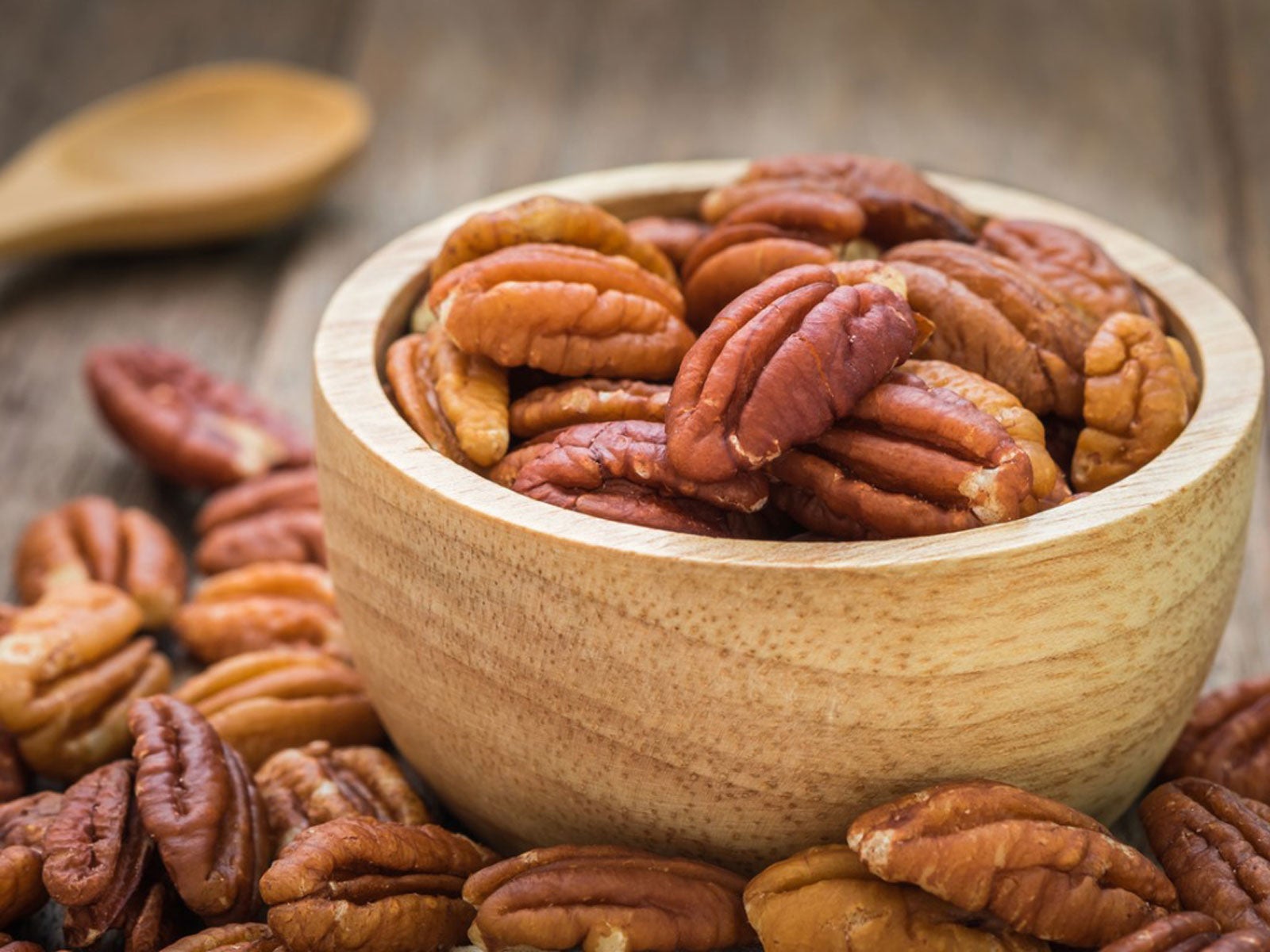 Using Pecans In The Kitchen: What To Do With Pecans
Using Pecans In The Kitchen: What To Do With PecansWith such a large quantity of nut production, one might wonder what to do with pecans. Cooking with pecans is the most common of uses, but there are other ways of using pecans. If you are lucky enough to have access to a pecan tree, learn how to use pecans here.
By Amy Grant
-
 Pecan Bacterial Leaf Scorch: Treating Bacterial Leaf Scorch Of Pecans
Pecan Bacterial Leaf Scorch: Treating Bacterial Leaf Scorch Of PecansWhile pecan bacterial leaf scorch (PBLS) does not kill pecan trees, it can result in significant losses. The following article discusses the symptoms and treatment for a pecan tree with bacterial leaf scorch. Click here for more information.
By Amy Grant
-
Pecan Downy Spot Control – How To Treat Downy Spot Of Pecans
Downy spot of pecans is a fungal disease affects the overall vigor of the tree, thus pecan downy spot control is integral to its health. The following article contains information on pecan downy spot symptoms and tips for treating a pecan tree with downy spot.
By Amy Grant
-
Pecan Vein Spot Control – Learn About Pecan Vein Spot Disease
Pecan vein spot disease is caused by the fungus Gnomonia nerviseda. The disease does not appear on shoots or nuts, only foliage and only in pecan trees. The good news is that the disease is infrequent, causes little crop loss and can be prevented. This article will help.
By Bonnie L. Grant